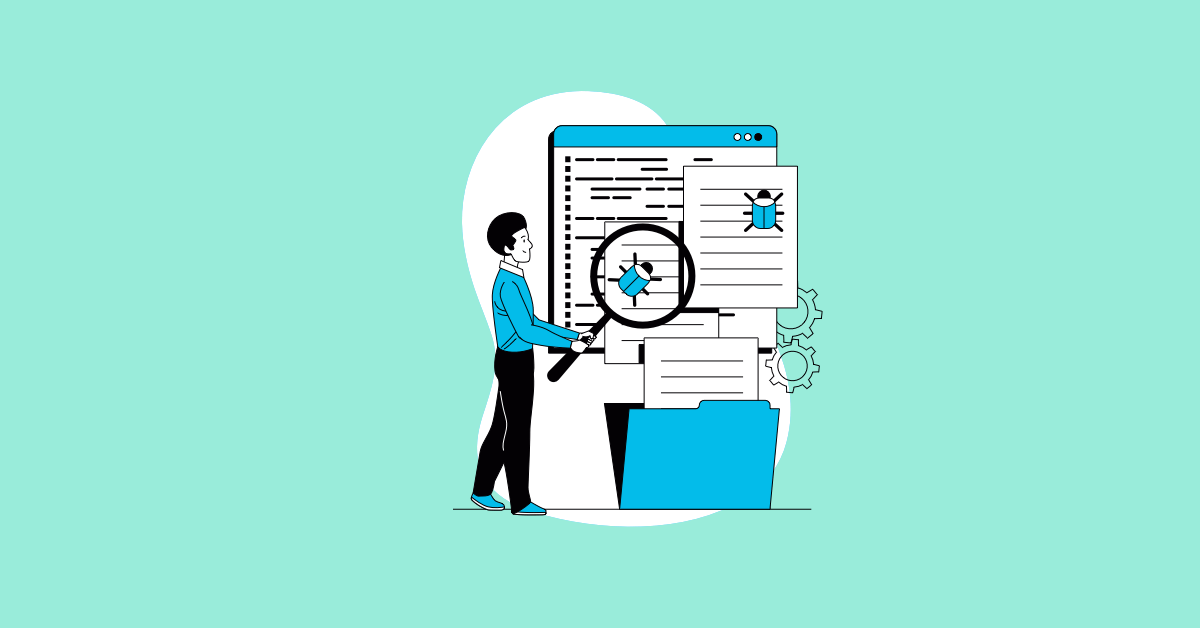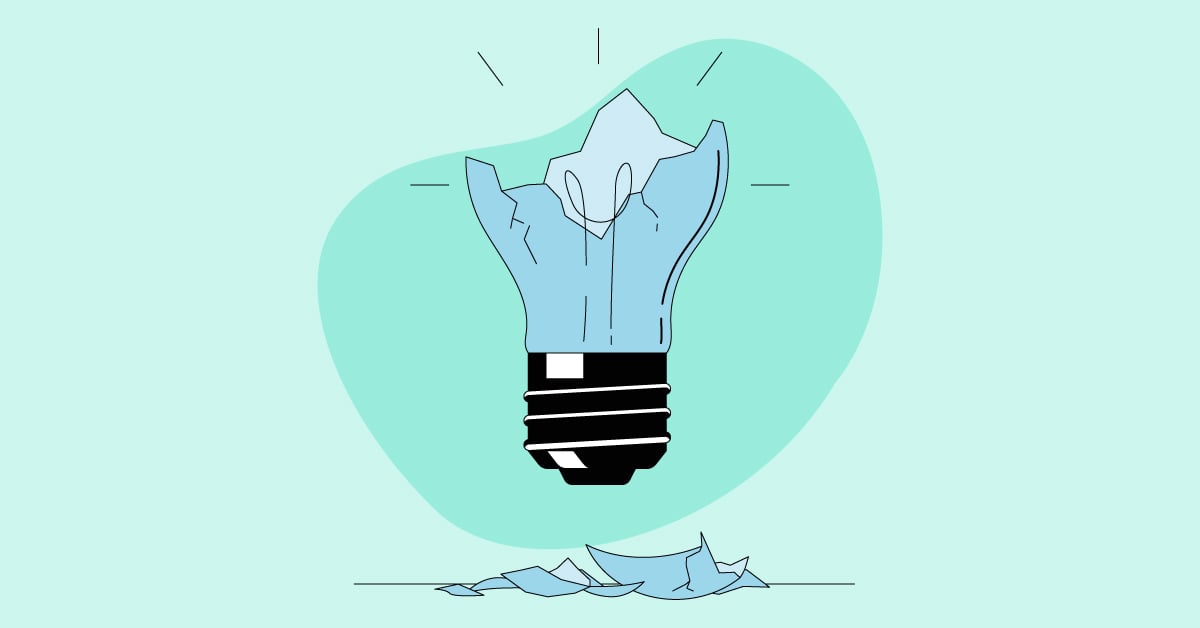Want to know the secret to happy customers? It's customer testing. Seriously. In today's hyper-connected world, one bad review can spread like wildfire. Don't let your product launch become a social media disaster. Learn how incorporating customer experience testing can save you from a PR nightmare and build a product people actually love. We'll cover the different types of customer testing and show you how a customer satisfaction app can transform your business.
Comments on social media are the new norm, and most would-be customers will always trust them more than your claims of improved products. If you want to see how it works, I suggest you search for the #ProductName on online platforms and see what people say about the product.
What is Customer Testing?
Customer testing, often called user testing, helps companies understand if their products meet customer needs and goals. It's a broad term encompassing many methods to gather feedback and improve product design and functionality. Think of it as opening a direct line of communication with your users to learn what works, what doesn't, and what they truly want. This feedback is invaluable for creating products that resonate with your target audience and ultimately drive business success.
Key Takeaways
- Comprehensive testing saves money and boosts customer happiness: Finding and fixing bugs early is cheaper than dealing with frustrated customers and expensive fixes later. Thorough testing throughout development is key.
- Listen to your users: Direct feedback from your users offers invaluable insights into how they actually use your product. This helps you prioritize the right features and build a product that truly meets their needs.
- Skipping testing is a shortcut to disaster: Ignoring testing might seem like a time-saver, but it's a recipe for buggy software, security risks, and unhappy customers. Investing in testing is investing in your product's success.
Types of Customer Testing
There's no one-size-fits-all approach to customer testing. Different methods serve different purposes, and choosing the right one depends on your specific goals and resources. Here are a few common types:
Moderated and Unmoderated Testing
In moderated testing, a researcher guides participants through the test in real-time, allowing for in-depth observations and follow-up questions. This approach provides rich qualitative data but can be expensive and time-consuming. Unmoderated testing lets users interact with the product independently. This is generally more scalable and cost-effective, ideal for gathering larger datasets and quantitative insights.
A/B Testing
A/B testing compares two versions of a product or feature. By presenting different variations to separate user groups, you can measure which performs better based on metrics like conversion rates or click-through rates. This method is particularly useful for optimizing specific elements and understanding the impact of design changes.
Surveys, Card Sorting, and Tree Testing
Surveys are a quick and efficient way to gather broad feedback from a large audience. Card sorting helps you understand how users categorize information, crucial for designing intuitive information architecture. Tree testing evaluates your website's navigation structure by asking users to find specific information within a hierarchical menu.
First-Click Testing
First-click testing focuses on where users click first when presented with a task or webpage. This method reveals a lot about the intuitiveness of your design and can help identify areas of confusion. While quick and easy to implement, it only provides insights into initial interactions.
Benefits of Customer Testing
Investing in customer testing offers numerous advantages, from reducing development costs to gaining a competitive edge.
Reduce Development Costs and Risks
By identifying usability issues and design flaws early in the development process, customer testing helps you avoid costly rework later. It's much more efficient to address problems before they become deeply ingrained in the product. Early identification of issues through customer testing can significantly reduce development costs and risks.
Validate Design Decisions and Improve User Engagement
Customer testing provides real-world feedback on your design choices, validating assumptions and ensuring your product aligns with user expectations. This leads to increased user satisfaction and engagement.
Optimize Conversion Rates and Gain a Competitive Advantage
By understanding how users interact with your product, you can optimize key workflows and improve conversion rates. This data-driven approach gives you a competitive advantage by allowing you to create products that truly meet customer needs.
Who Performs Customer Testing?
Manufacturers and Independent Labs
Manufacturers often conduct internal testing to ensure product quality and compliance with internal standards. Independent labs offer unbiased third-party testing, providing valuable objective feedback.
Government Agencies and Consumer Organizations
Government agencies perform testing to ensure products meet safety regulations and industry standards. Consumer organizations conduct independent testing to provide consumers with unbiased product reviews and comparisons.
The Role of User Feedback in Customer Testing
Advocate for Bug Fixes
User feedback helps identify bugs and usability issues that might have been missed during internal testing. This allows developers to prioritize bug fixes and improve the overall quality of the product.
Understand User Needs and Expectations
Customer testing provides direct insight into user needs and expectations. By observing how users interact with your product, you gain a deeper understanding of their goals and pain points.
Prioritize Features
User feedback helps prioritize features and improvements based on what users value most. This ensures development efforts focus on areas with the greatest impact on user satisfaction.
History and Purpose of Product Testing
The Rise of Mass Production and Consumer Protection
The history of product testing is intertwined with the rise of mass production and the growing need for consumer protection. As products became more complex and widely available, verifying marketing claims and ensuring product quality became increasingly important.
Verifying Marketing Claims
Product testing plays a crucial role in verifying marketing claims and ensuring products deliver on their promises. This helps consumers make informed purchasing decisions and holds manufacturers accountable.
Customer Tests in Legal Contracts
Specific Tests Defined in Contracts
Sometimes, customer tests are formally defined within legal contracts, outlining specific procedures and acceptance criteria for products or services. This ensures both parties agree on the testing process and a successful outcome.
Device Requirements for UserTesting Participants
Good testing aims to mitigate high potential risks by designing a strategy that considers your situation’s project, product, and quality context. One project’s generic strategies cannot be directly copied and pasted into another. It is common for teams to hit a blind spot regarding quality, only to then experience unpleasant surprises in the production.
Testing can Increase Customer Satisfaction
Testing is an important part of software development and deployment. It helps to ensure the quality of the delivered product and detect potential issues that may arise after the product has been released.
Testing can help you to:
- Identify bugs
- Address security vulnerabilities
- Increase user satisfaction
- Avoid unknown pitfalls
- Advocate for business risks
- Increase the sellability of the product
- Verify if the product holds true against its marketing claims
- Reduce the risk of costly rework or recalls and much more
Production Bugs
In most cases, production bugs are caused by one or more of the following factors:
- Unreliable assessment
- Shallow testing
- Ignorance of customer personas
- Poor understanding of the product
- Poor bug advocacy or reporting
Fixing a bug in production is extremely costly and risky. Good testing can help you save most of this cost by helping you identify issues before it reaches the customer. This way, you can focus on your business more proactively than reactively.
The severity and impact of any bug in production are inversely proportional to the likelihood that your customer will retain your subscription or service.
If revenues don’t meet initial product expectations, even large tech giants have had to kill or replace the product with a new one.
Increase Customer Satisfaction Through Feedback
By incorporating user feedback, engineers can gain insights into real-world usage scenarios and can make informed decisions about their development and testing strategy. Since user feedback provides a direct line to understanding users’ problems and challenges, software products can be refined and optimized to deliver a superior experience by addressing these.
Positive user feedback also helps as a marketing tool for your product:
- Highlighting customer satisfaction and working as an effective marketing tool.
- Written or video testimonials can influence potential users and build trust.
- Positive reviews generate organic publicity, which plays an important role in purchase decisions.
Engaging with users in a genuine and attentive way fosters loyalty and connection. It can also lead to building a good relationship with your customers. However, it’s important to:
- Respond to user feedback promptly to demonstrate commitment.
- Be empathetic and understanding of their frustrations and concerns in order to build positive relationships.
- Providing transparency about the progress of fixing or featuring requested functionalities builds trust.
As a tester, user feedback is crucial reference data that enables you to be a strong advocate for testing:
- Helps make the case for fixing bugs found during testing more credible and persuasive.
- Highlights the impact of identified issues on user experience and the risks associated with not fixing them.
User feedback is key for exploring project requirements, as it can provide:
- Valuable insights into customers’ desires and expectations.
- Identification and prioritization of features or enhancements.
- A way to refine and align software requirements with user needs.
Minimal Testing Decreases Customer Satisfaction
Performing little-to-no testing has risks and potential costs further down the line. It can seem like an afterthought, yet investing in quality comes with the benefit of customer satisfaction later on.
Building scalable and complex products without any testing safety net becomes increasingly difficult. When your product development strategy does not include any or very little testing, you’ll most likely encounter the following risks:
1. Poor Quality: A product or system that isn’t tested or is not tested enough will have unexpected errors and bugs. Customers are paying for a high-quality product. Don’t risk losing revenue and sales.
2. Security Vulnerabilities: With governments enforcing strict data privacy guidelines, it’s very important to protect your systems from any form of data as well as vulnerability attacks. It is crucial to conduct security testing to ensure that the system is secure and not susceptible to malicious activity.
3. Higher Maintenance & Support Costs: Product development is an iterative process. The ability to identify and fix problems before they become problems at the customer’s end is impossible without testing. As a result, maintenance and support costs often shoot up in such cases.
4. Poor User Experience: User experience is often the most ignored aspect of software products. Product features can be sold once, but high customer satisfaction sells the product in its subsequent cycles. A product or system with bugs or usability issues can lead to user migration as soon as there’s a comparable product in the market.
5. Poor software performance: In today’s era of scalable and web-based systems, your software needs to be optimized for good performance. Customers are unforgiving when it comes to load times, image rendering, and server response times. When software is not tested for performance and load, it may not perform as expected, resulting in user dissatisfaction and decreased productivity.
6. Compromised data integrity: Customers can become confused and frustrated by minor mistakes. If the software isn’t properly tested, data may be lost or corrupted as a result of inaccuracy in storing, processing, and retrieving data.
7. Unreliable features: While everyone gets excited about releasing new features, if these are not tested properly, they can instantly turn users off.
8. Unmet customer expectations & standards: If software is not properly testing, besides not meeting customer’s expectations, it can also be difficult to ensure that it reaches regulatory or industry standards.
In Summary
The best way to increase customer satisfaction is to ensure that the app or software works correctly, and is as devoid of bugs and errors as possible. Listening to users can also help see what might not be as obvious, even leading to finding unexpected errors or glitches. Listen to your customers, as they might have insights that can create new features.
Related Articles
Frequently Asked Questions
How can I practically apply customer testing to my product development?
Start by clearly defining your testing goals. What do you want to learn? Then, choose the right testing method. If you're short on time and budget, unmoderated testing or surveys might be a good starting point. For deeper insights, consider moderated testing. Don't forget to carefully analyze the feedback you receive and translate it into actionable improvements. Iterate on your designs and test again to validate the changes. Tools like UserTesting can streamline this process.
What's the biggest mistake companies make with customer testing?
Not listening to the feedback! It's easy to get caught up in your own vision for a product, but customer testing is about understanding their needs. Another common pitfall is insufficient testing. Testing shouldn't be a one-time event; it's an ongoing process throughout development. Finally, some companies fail to choose the right testing methods for their specific goals. A/B testing, for example, is great for optimizing small details, but it won't give you the rich qualitative data of moderated user testing.
Our team is small and has limited resources. How can we still benefit from customer testing?
Even with limited resources, you can still gain valuable insights. Leverage free or low-cost tools like survey platforms or conduct small-scale user testing sessions with colleagues or friends. Focus on specific features or areas of your product where you suspect usability issues. Even small tests can reveal significant improvements. Remember, any testing is better than no testing!
How do I convince my stakeholders to invest in customer testing?
Frame customer testing as an investment, not a cost. Highlight how it can reduce development expenses by catching bugs early and prevent costly rework later. Show how customer feedback can lead to increased user satisfaction, engagement, and ultimately, higher conversion rates. Use data and examples to demonstrate the ROI of testing. Quantify the potential cost of not testing, such as lost customers due to poor user experience.
What are some reliable resources for learning more about customer testing?
Qualtrics and TestMonitor offer excellent resources and guides on various customer testing methodologies. For practical tips on getting started with user testing, check out UserTesting.com. Exploring these resources will give you a solid foundation for implementing effective customer testing strategies.




%20(1).png?width=150&height=69&name=MuukTest-logo---light-background%20(3)%20(1).png)
